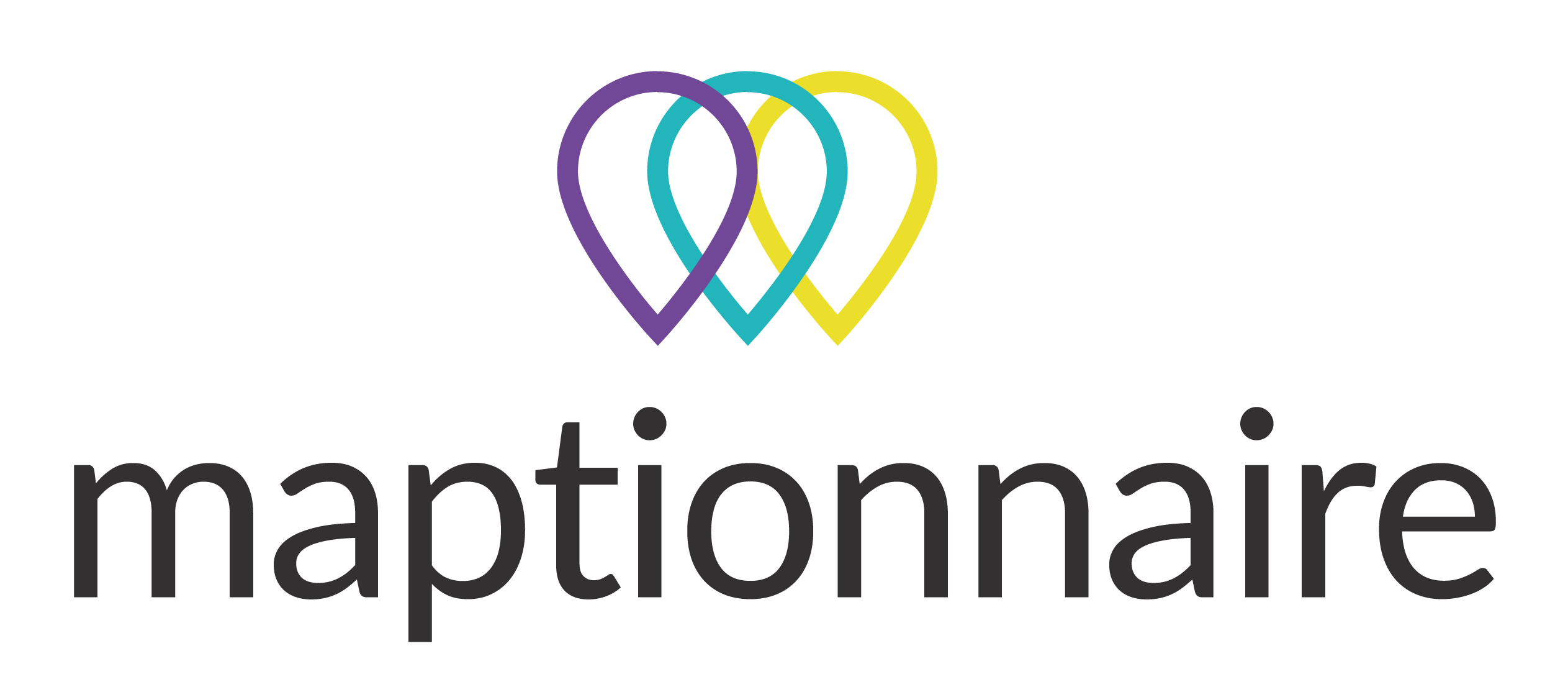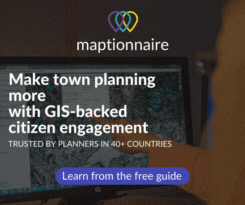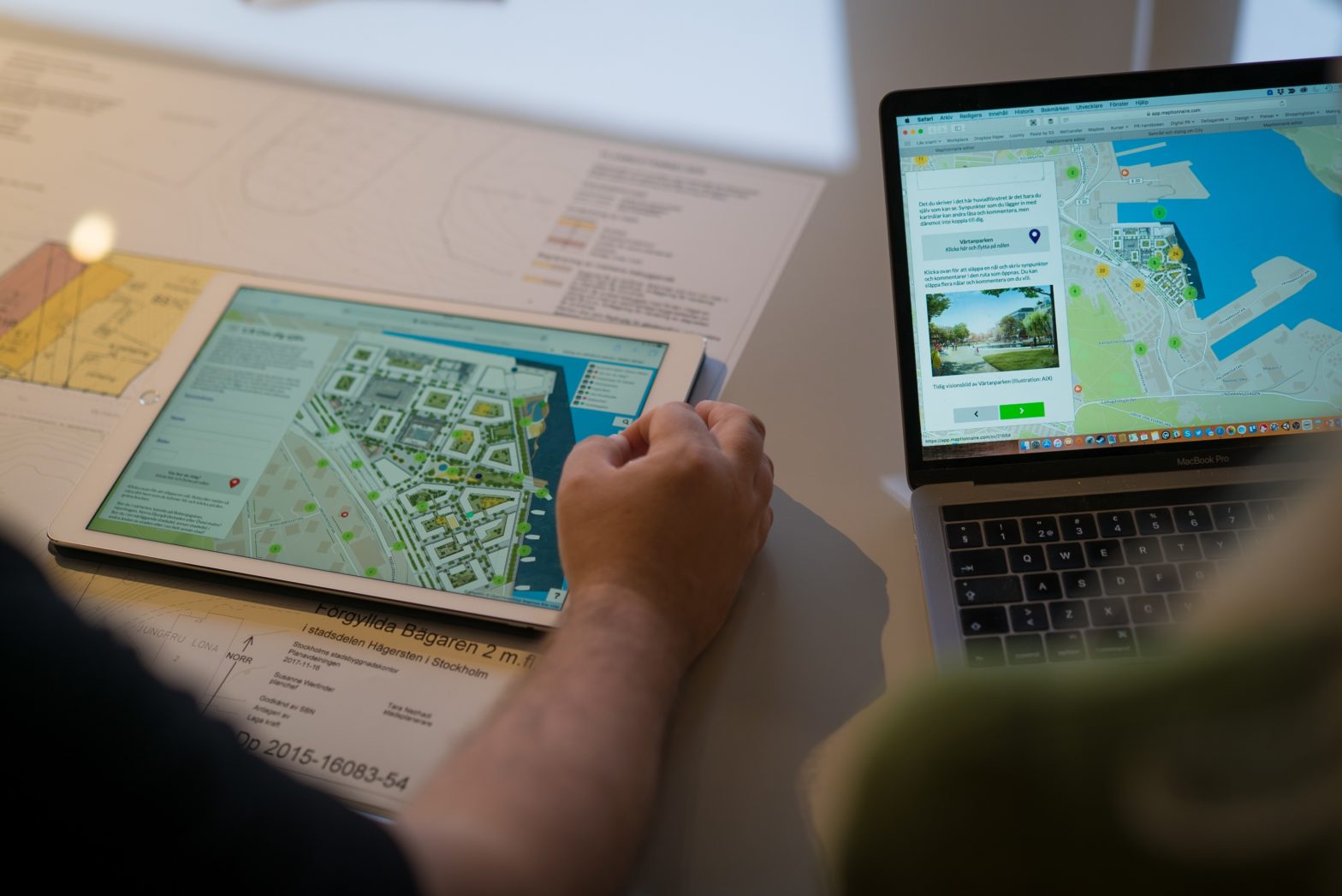
How to make citizen engagement more inclusive and diverse
05 April 2023
The built environment should promote sustainable behaviours among citizens. At the same time, residents are the ones experiencing the current environment with its pros and cons, and they are also the ones carrying out the change. Cities strive for inclusive democratic decision-making to design truly influential solutions and avoid putting the biggest burden of climate mitigation on those with disadvantaged backgrounds.
Proactive and inclusive citizen engagement is one of the strategies that can support city leaders in this goal. The times when community engagement was done “just for fun” or because it was demanded by legal regulations are over.
Public engagement becomes powerful when it reaches people with a wide mix of insights, experiences, values, and ideas. Still, we rarely talk about the challenges of making citizen engagement inclusive and influential — and about the solutions and methods to overcome these problems.
Among the key challenges relating to inclusive participation are: a low number of participants, demographic homogeneity of participants, and discussions characterised by strong and negative commenting, and often by the loud minority.
We’ll unpack some of them here, but you can find more in our dedicated study of community engagement.
Why traditional methods of citizen engagement fail to be inclusive
In all forms of participation — whether it is a public hearing, community consultation, pre-planning engagement, or town hall meeting — we strive for including a broader and more diverse group of actors. This way, city leaders and planners ensure they hear diverse opinions and suggestions, and, consequently, the decisions are taken collaboratively and with minimal bias.
However, conventional methods for public engagement, such as face-to-face community meetings, often fail to be inclusive. Traditional public workshop formats and sessions fixed to a certain place and time often do not attract people busy with competing activities nor certain demographic groups like younger residents, families, or ethnic minorities to participate in the discussion. The number of people who do show up at community meetings typically remains small. Furthermore, this group can often consist of individuals that strongly oppose the project at hand (the NIMBY phenomenon relates to that).
Face-to-face engagement cannot be ignored as a way of interacting with residents. But the promotion of local democracy requires actions to diversify the options, scale, and impact of engagement.
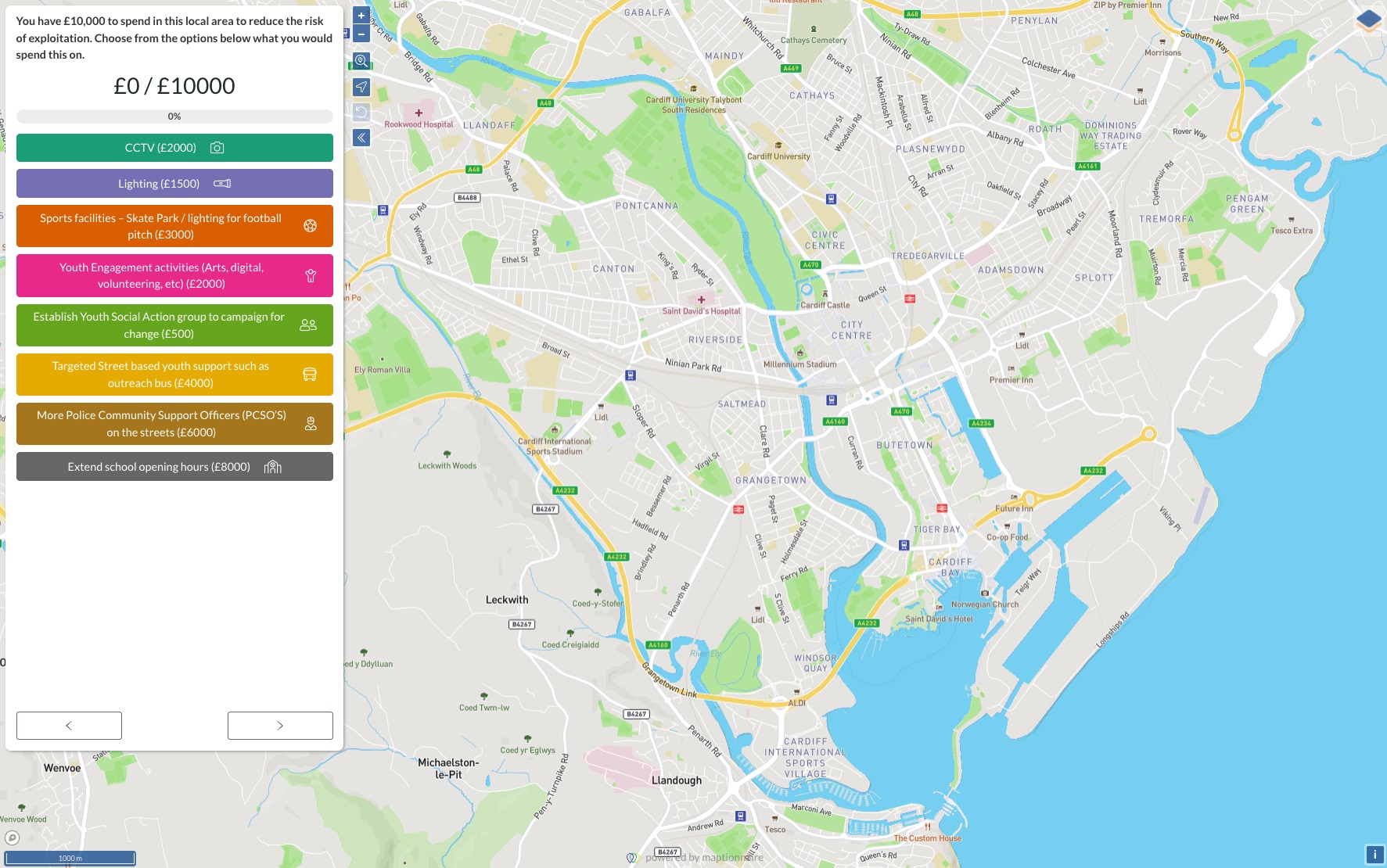
Is digitalisation a silver bullet?
Digitisation has offered one major pathway for countering these issues of diversity and reach through a variety of digital tools like social media and online feedback platforms. Online tools are useful for collecting data from broader groups of participants and in reaching the ‘silent majority’, as well as creating communication channels between the various actors.
However, often these tools, despite their visual layout and ease of use, do not actively motivate residents to share their opinions about planning issues. This especially applies to using digital tools that are not designed for public engagement but for other purposes (e.g. social media). Excessively complicated digital solutions might even be harmful to engagement when they frustrate users. Such tools can also be a challenge for planners if being able to use them requires a high level of technological expertise.
Simply transferring face-to-face workshops into an online environment, such as a digital town hall, does not alleviate the challenges described above — not everyone has time and effort to participate, and not everyone feels empowered to voice their concerns publicly.
Digital citizen engagement for scaling up inclusivity
To sum up, blindly turning to digital communication channels alone does not help cities in achieving better inclusivity and effectiveness in decision-making. But specialised online citizen engagement platforms like Maptionnaire expand the possibilities of people having their voices heard and impact city planning and development. For example, ca. 4700 residents participated in an engagement survey organised by Helsinki for its master plan, generating more than 33,000 experience-based ideas.
Maptionnaire is designed specifically for municipalities and planners to collect ideas, feedback, and data from residents in a geolocated format, easily compatible with other data types used by city planners. Residents can get acquainted with a map-based survey, draft plan, or other engagement content at their own pace at any time of the day from wherever they are, even from the comfort of their own couch.
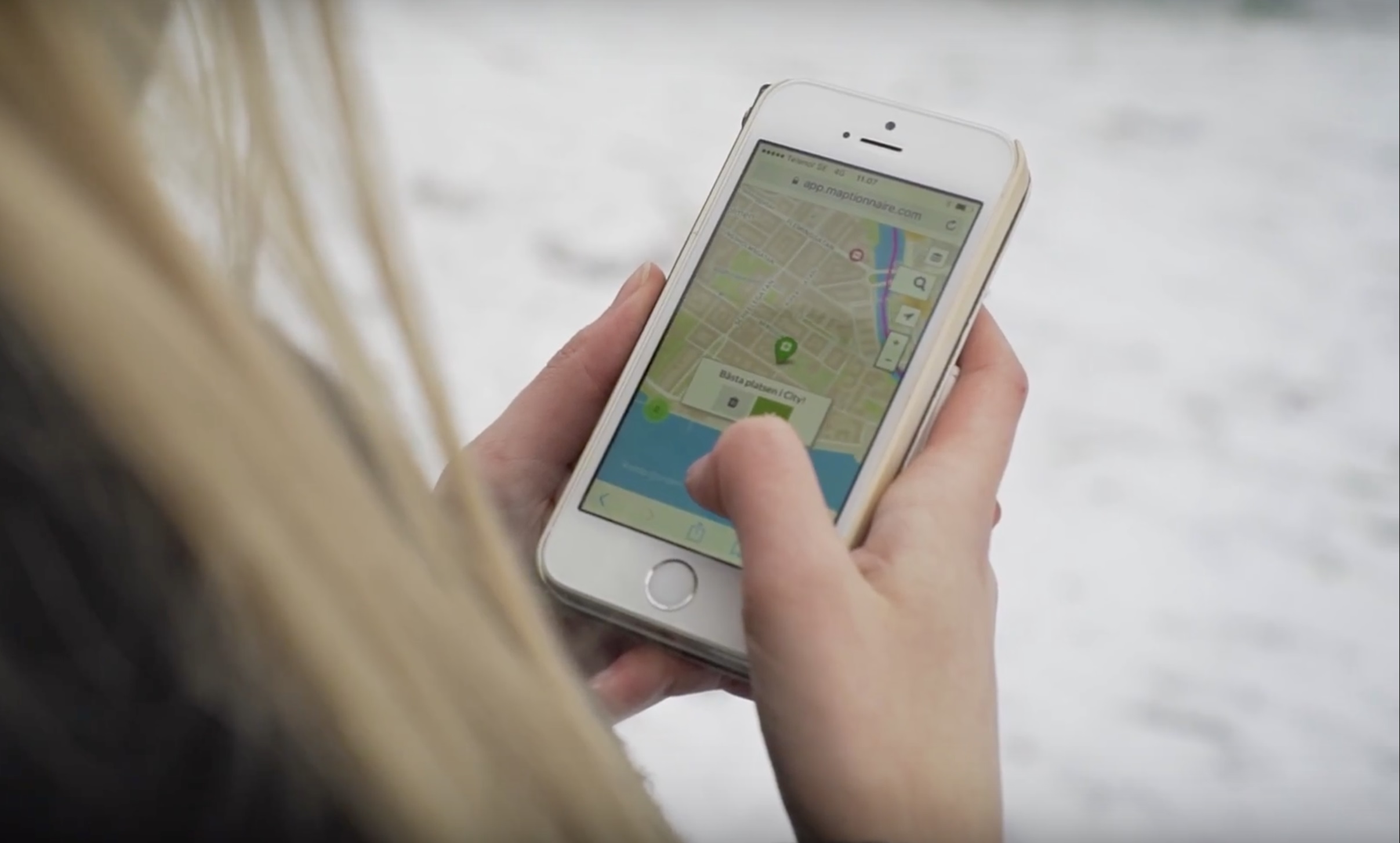
Going beyond the usual suspects
One of the challenges planners typically deal with is that children and young people rarely take part in public hearings. Online citizen engagement surveys are a promising method for cities in reaching these younger generations that traditional methods miss. Maptionnaire surveys can be translated into several languages, thus making it possible to reach immigrants, minority language groups, and illiterate people who typically are not represented well in traditional public engagement processes. The other side of the coin is, however, that it is difficult to get in contact with elderly residents using online tools.
You’ve just read an excerpt from our ebook “How Can Community Engagement Help in Creating Better Cities?” that compiles the knowledge and know-how of Maptionnaire’s own research in land-use and town planning, research by others, as well as the practical experiences gathered over the years from Maptionnaire’s active user community. You can download the full version for free here.



